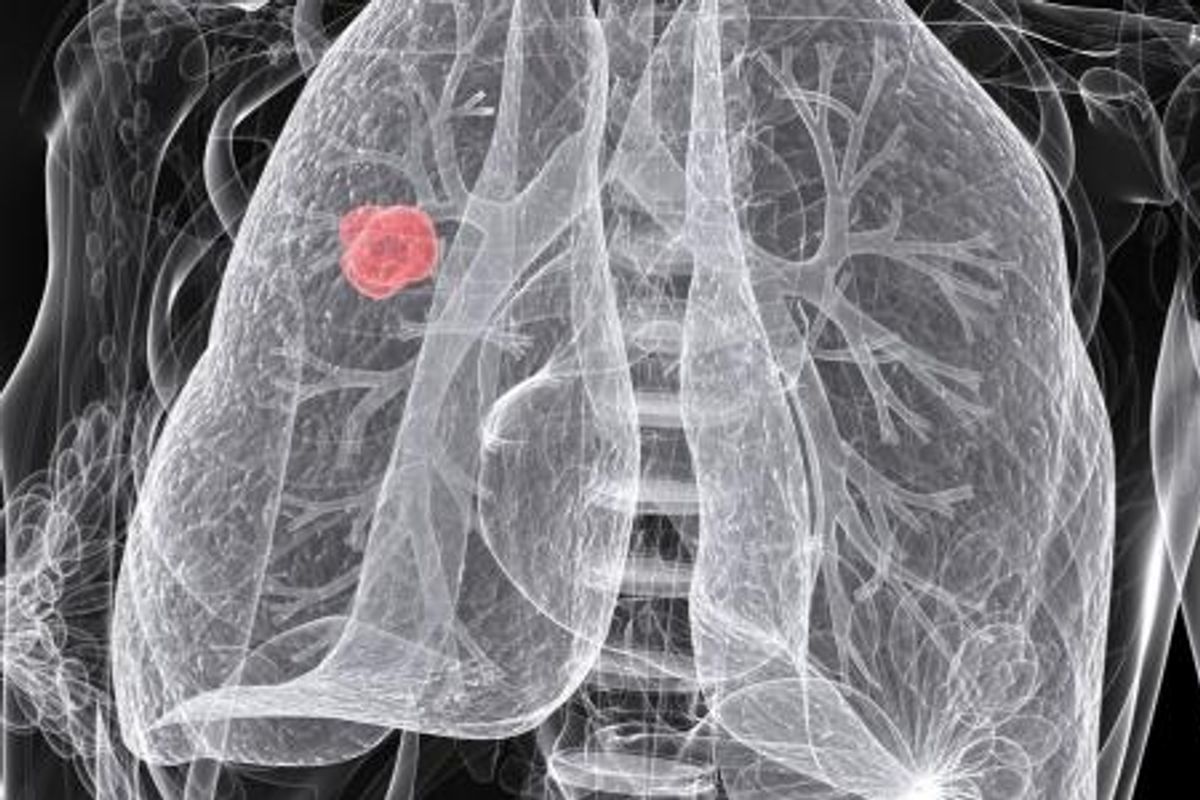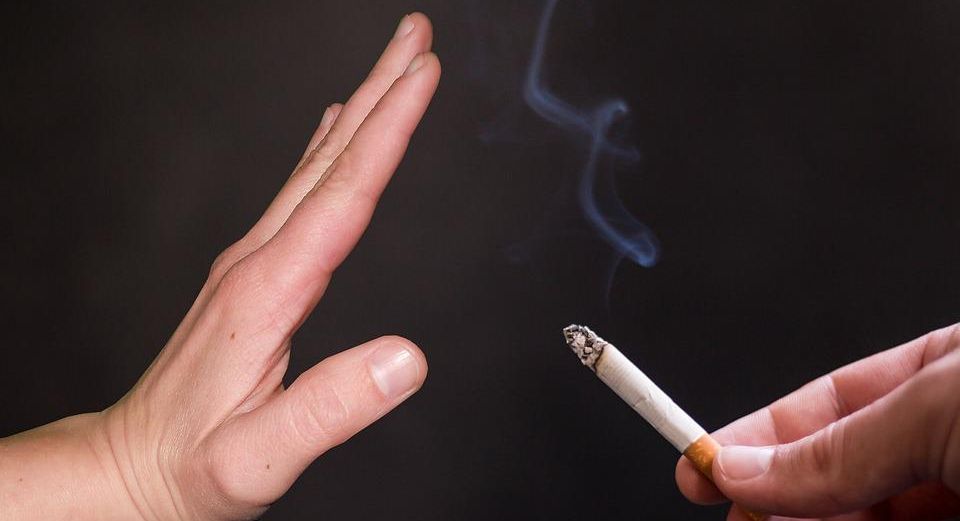Cancer deaths are down an incredible 33% since 1991. Here’s why.
More breakthroughs are on the horizon.

An X-ray of a cancerous lung.
There’s great news from the war on cancer. A new report from the American Cancer Society shows that the cancer death rate has fallen 33% since 1991. An estimated 3.8 million deaths have been averted due to the decline. The study was based on the most recent data available from 2020.
Currently, the top six causes of death in the U.S. are heart disease, cancer, COVID-19, accidents, stroke and chronic lower respiratory diseases.
“The biggest reason for the decline that started in 1991 was the prevalence of smoking in the United States started going down in 1965,” said Dr. Otis Brawley, an oncology professor at Johns Hopkins University and former chief medical officer of the American Cancer Society, according to CNN. “Now, in certain diseases, our ability to treat has improved, and there are some people who are not dying because of treatment.”

via Pixabay
Over the past six decades, the prevalence of smoking in the U.S. has gone down dramatically. In 1965, 42% of Americans smoked cigarettes; in 2019 it was just 14%. Cigarette smoking is known to cause lung, bladder and pancreatic cancers.
Another big reason for the drop in cancer mortality has been the development of the HPV vaccine. There was a 65% drop in cervical cancers in women in their 20s between 2012 to 2019. HPV infections are a leading cause of cervical cancers.
“There are other cancers that are HPV-related – whether that’s head and neck cancers or anal cancers – so there’s optimism this will have importance beyond this,” Dr. William Dahut, the American Cancer Society’s chief scientific officer said.
Since 1991 there has also been a decrease in mortality for leukemia, melanoma and kidney cancer.
The cancers that now have the highest survival rates are thyroid (98%), prostate (97%) and melanoma (94%). The deadliest form of cancer is pancreatic cancer, which has a 12% survival rate.
“The report showing the U.S. has cut cancer deaths by one-third over the last 30 years is great progress, which we’ve achieved through driving smoking rates down, improving early detection, and delivering better treatments for many cancers. It means millions of American families have been spared the immeasurable loss of a loved one,” White House Cancer Moonshot Coordinator Dr. Danielle Carnival said in a statement.
\u201cThe rate of people dying from cancer in the United States has continuously declined over the past three decades, according to a new report from the American Cancer Society. https://t.co/bketX4qFWB\u201d— CNN Breaking News (@CNN Breaking News) 1673536211
“The report also underscores that there’s more work to do to save more lives,” she continued. “President Biden’s vision for ending cancer as we know it is building on the progress we’ve made with an all-hands-on-deck effort to develop new ways to prevent, detect, and treat cancer – and ensure that the tools we have and those we develop along the way reach all Americans.”
The good news on the cancer front comes as there appears to be a breakthrough in the treatment and prevention of the disease on the horizon. There are multiple vaccines in the works that use the same mRNA technology behind the highly successful COVID-19 vaccines that could be used to prevent and treat cancer.
Uğur Şahin and Özlem Türeci, the co-founders of BioNTech, the German firm that partnered with Pfizer to manufacture a revolutionary mRNA COVID vaccine, told The Guardian they believe that cancer vaccines based on mRNA technology might be ready to be used in patients “before 2030.”
- New Zealand to ban sale of tobacco to those born after 2008 to ... ›
- Women were dying from childbirth at hospitals. This 19th-century doctor figured out why. ›
- People are comparing COVID-19 deaths to the flu. Here's why it doesn't work. ›
- Hank Green announces cancer diagnosis in the most Hank way - Upworthy ›

